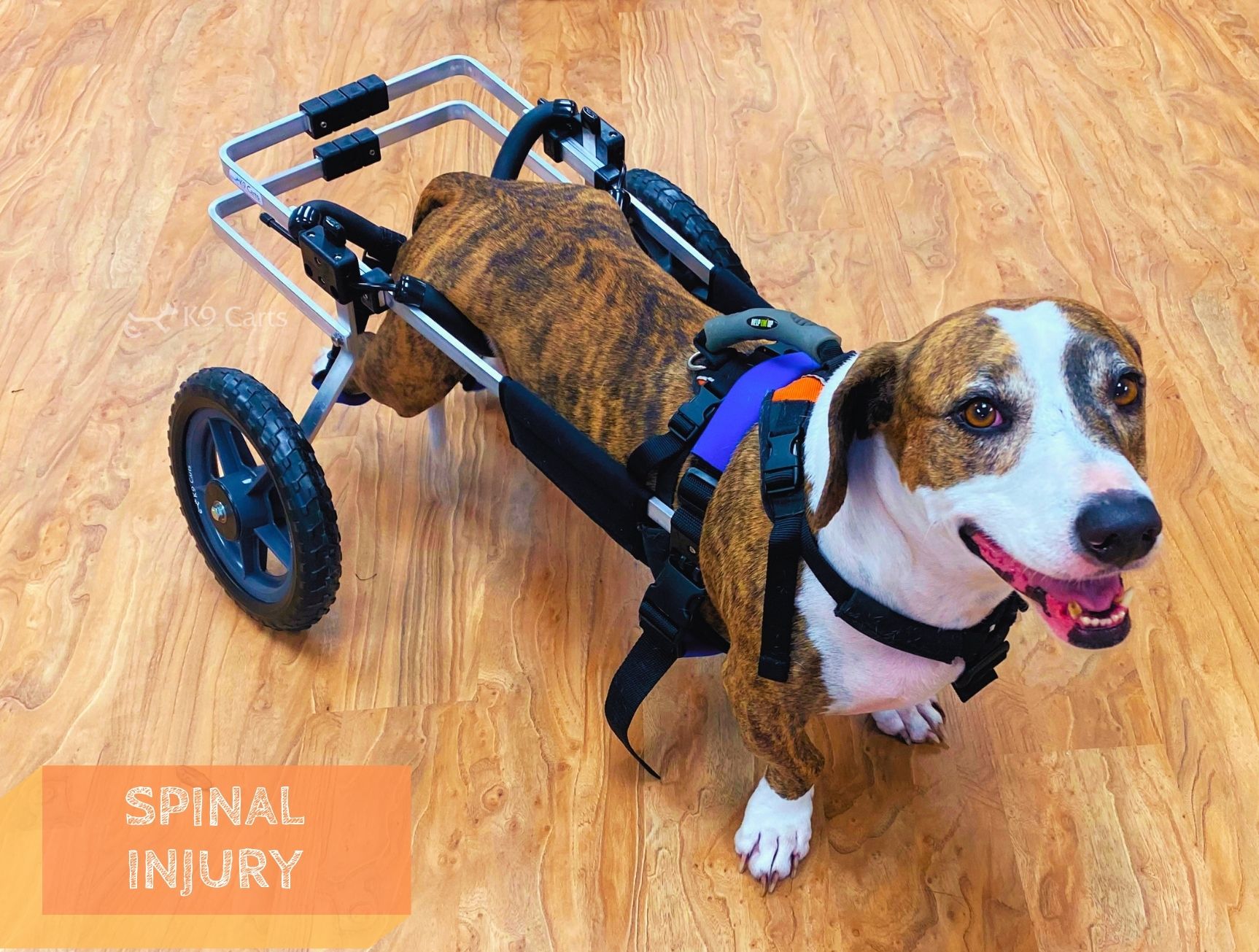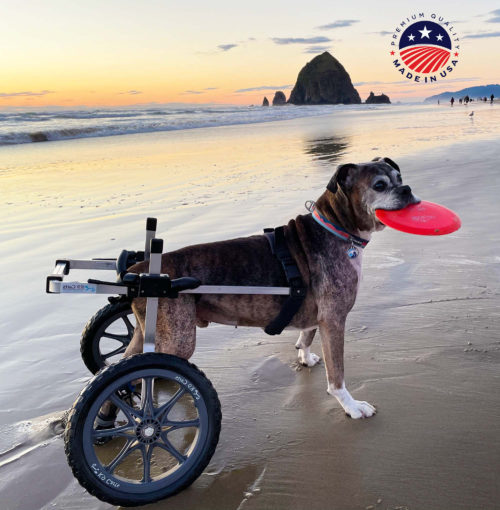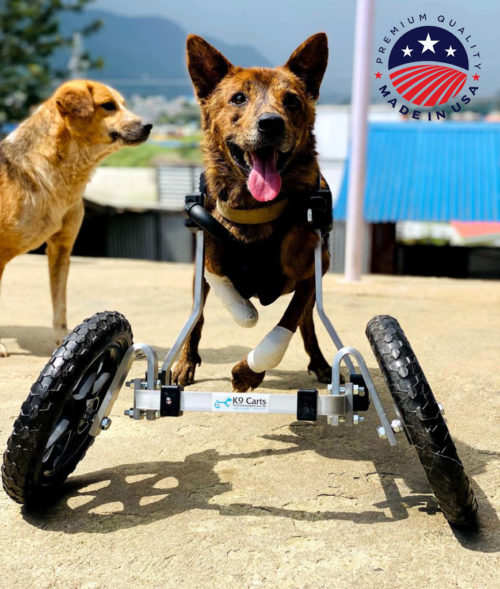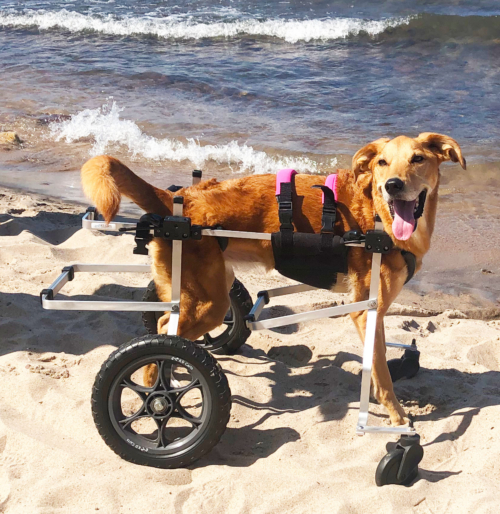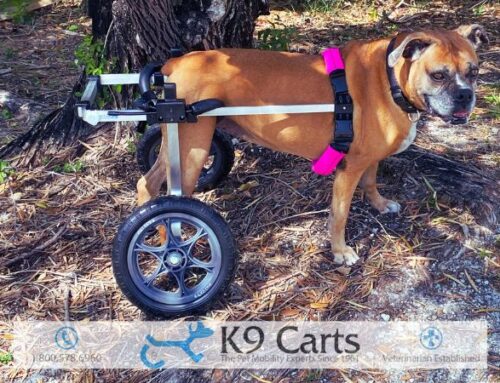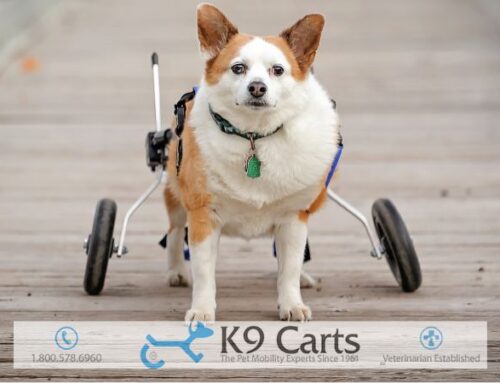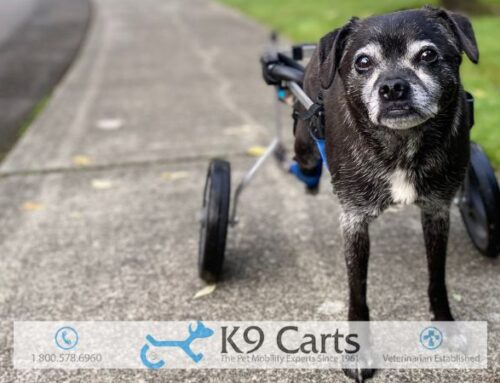A spinal injury can prove to be just as devastating for a dog as it can be for a human. This type of injury may lead to chronic pain, gait problems, or even paralysis, depending on the nature and location of the injury.
Whether you’re worried about the current state of your dog’s spine or you’d like to understand the potential threats to your furry friend’s spinal well being, you should learn some key points about spinal injury in dogs, from their symptoms and causes to diagnostic methods, treatment options, and recovery expectations.
What Exactly Is Spinal Injury in Dogs?
When veterinarians refer to spinal injuries in dogs, they typically mean some form of acute damage to the many components of the spinal column. The spinal column runs the entire length of your dog’s body from neck to tail.
The cervical spine includes the vertebral bones and joints that support and articulate the neck. Just behind the cervical vertebrae, the ribs attach to the vertebrae of the thoracic spine. Beyond the thoracic spine, the lumbar spine supports your dog’s back. The human spine has these same distinctions. Unlike your spine, however, your dog’s spinal column has one extra area, the caudal spine, that includes the bones of the tail.
How Does a Spinal Injury Occur?
Many spinal injuries in dogs occur due to accidents. If your dog gets hit by a car, slams into a solid object at high speed, or falls a distance of more than twice its own height, it may sustain such an injury. A violent assault that includes a gunshot, knife wound, or bite wound can also cause an acute spinal injury in dogs.
Other causes of spinal injury in dogs can prove more subtle and gradual in nature. These causes may include infectious diseases, degenerative conditions, and neurological issues. We will take a closer look at specific spinal injury causes below.
Symptoms of Spinal Injury in Dogs
It’s important to recognize the telltale signs of a spinal injury in your dog as early as possible. The sooner you can have your dog examined and treated, the better your dog’s long-term outcome may be, and the less discomfort and inconvenience it’ll have to cope with. Watch out for the following symptoms.
- Obvious pain affecting the dog’s back, neck, limbs, or tail.
- A change in your dog’s gait, such as the sudden development of a limp or the impression that your dog is dragging its back legs when walking.
- Yelping or other unhappy vocalizations when you try to pick up your dog.
- Loss of interest in favorite activities, including eating.
- Shivering in response to certain physical motions or activities.
- Odd postural changes such as an arched back, tucked tail, or drawn-in head.
Causes of Spinal Injury in Dogs
As noted above, a variety of accidents, diseases, and disorders can damage your dog’s spine. Let’s look at some common causes of spinal injury in dogs.
- Spinal Fracture – A sharp impact can crack or even shatter the vertebrae that make up the bulk of your dog’s spinal column. This vertebral damage can rob the spinal cord of valuable nutrients and blood flow, producing nerve damage as a complication within 24 to 48 hours of the fracture.
- Spinal Subluxation – A subluxation occurs when the joints that connect two neighboring vertebrae fall out of their natural alignment. Subluxation of joint components can cause stiffness and pain in the affected joint. It may also cause the errant vertebral components to pinch nerve tissue, affecting the function of your dog’s legs.
- Intervertebral Disc Disease (IVDD) – IVDD can affect any dog over time, but it most commonly bothers long-backed breeds such as Dachshunds. Age-related degeneration causes the discs between vertebrae to shrink and flatten, leading to spinal nerve compression.
Intervertebral Disc Infection (Discospondylitis) – In discospondylitis, an infectious germ from any part of the body migrates the vertebral discs, infecting them and causing both severe pain and loss of leg function. - Fibrocartilaginous Embolism (FCE) – An FCE, also known as a spinal stroke, occurs when intense physical exercise causes a piece of intervertebral disc material to loosen, break away, and get stuck in one of the arteries that nourishes the spinal cord with blood, oxygen, and nutrients. Even when this problem resolves itself (as it often does), it can leave permanent nerve damage behind.
- Cancer Of The Spine – Cancerous tumors can develop within the spine or metastasize to the spine from another part of the body.
Diagnosis of Spinal Injury in Dogs
Veterinarians who suspect a spinal injury in a dog may run several types of diagnostic procedures to confirm the diagnosis and pinpoint the exact cause and location of the problem.
Diagnostic imaging techniques such as X-rays, CT scans, and MRI scans can make the injury visible, while lab tests can determine the presence of cancer or infection. At the same time, your veterinarian will observe your dog’s posture, gait, and any signs of discomfort to help determine how seriously the injury affects your dog’s quality of life.
Treatment of Spinal Injury in Dogs
Treatment of spinal injury in dogs depends largely on the kind of injury involved. A fracture and related trauma may call for emergency surgery to reassemble bone fragments, fuse unstable vertebrae, and seal lacerations. Surgery can also remove cancerous tumors, although other anti-cancer treatment may also prove necessary.
A less extreme injury such as subluxation may respond to chiropractic adjustments that realign joint components non-surgically. Some cases of FCE require surgical intervention, but many are left to heal naturally.
An infection of the spine commonly requires treatment with antibiotics, although it may also require surgery to address damage left behind by the infection. To ease IVDD symptoms, your veterinarian can perform a procedure to remove damaged disc material and/or fuse neighboring vertebrae together, thus eliminating the pain created by joint motion.
Recovery From Spinal Injury in Dogs
Spinal injuries in dogs (and the surgeries often used to address them) can take a long time to get over. In some cases, permanent nerve damage causes partial paralysis that lingers after other damage has healed. Your veterinarian may recommend a combination of physical therapy and medication to help your dog regain as much function as possible.
A canine that suffers from partial paralysis or leg weakness can benefit greatly from a dog wheelchair. Some dog wheelchairs provide support just for the rear legs, while others offer full support for dogs whose front legs have also lost some function.
Buy or rent an adjustable, customizable wheelchair to ensure that your dog will enjoy a safe, comfortable fit. You can learn more about these assistive devices in our expert’s guide to dog wheelchairs.
To learn more about our custom-built wheelchairs for dogs, please visit the following pages:
As valuable as a dog wheelchair can prove to restore mobility to your dog’s life, you can’t rush your dog into accepting this assistive device. Use the wheelchair for just a few minutes at a time for several times a day until your pet gets used to it. Eventually your dog will look forward to going on longer and longer expeditions made possible by its new set of wheels.
If your dog needs some help getting around due to the lasting effects from a spinal injury, turn to K9 Carts for comfortable, durable, effective mobility aids such as dog wheelchairs. Browse our online product guides today and contact us with any questions you may have.


